Biomechanics Study Guide - IN PROGRESS
1/45
Earn XP
Description and Tags
from week 1 & 2 (assignment due 5/27/25)
Name | Mastery | Learn | Test | Matching | Spaced |
|---|
No study sessions yet.
46 Terms
Kinesiology is the science of _______ ________ and ________.
human movement ; performance
Biomechanics is the study of ______ of living things using the science of _______.
movement ; mechanics
Mechanics is the study of motion and how _____ influences motion.
forces
Kinematics are the study of characters in motion. What are the three main characters in motion?
displacement - how far something moves or changes location
velocity - the rate of change of position
acceleration - the rate of change of speed
Kinetics is the study of the forces that affect motion. What are some forces that affect motion?
momentum - object in motion wants to stay in motion
force and torque - applied push/pull, twisting force
energy and work - movement of atoms, force applied to resistance
Static is the study of objects in equilibrium. Why “equilibrium” and not “rest”?
because we are always moving (as long as the earth is turning)
ex: when you are is in cruise control, your actual body is static but you are still in motion
Static is the study of objects in ______ while dynamics is the study of objects in _____.
equilibrium ; motion
Displacement is a term in relation to motion that can be defined as?
the distance traveled of an object within a time frame
There are 3 types of motion. Rotary motion is what?
movement around a fixed axis in a curved path
ex: what we measure with goniometry
There are 3 types of motion. Translatory motion can be defined as movement in a _____ line.
straight
There are 3 types of motion. Curvilinear motion includes both rotary and translatory because it is defined as what?
movement of an object both around an axis and through space at the same time
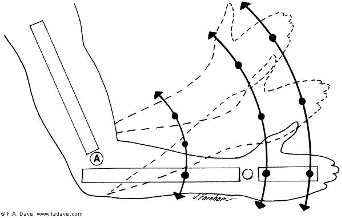
This is an example of what type of motion?
rotary
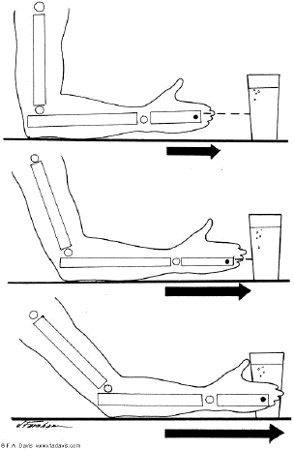
This is an example of what type of motion?
translatory
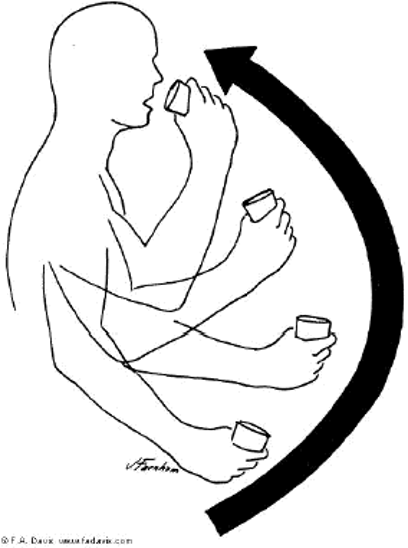
This is an example of what type of motion?
curvilinear
What are common movements associated with a rotatory motion?
flexion/extension
abduction/adduction
internal/external rotation
What are common movements associated with a translatory motion?
compression - pushing together
distraction - pulling apart
A force can either be a ____ or a _____.
push ; pull
True or false
Vectors posses both direction and magnitude.
True
What are the 4 characters of force?
point of application - where the force is being applied
line of application - the directional line going through the vector
direction - where the vector is pointing
magnitude - how long the vector is (harder push=longer line, lighter push=shorter line)
An internal force can be broken into 2 categories. What are they?
contractile - muscle contractions
non-contractile - passive tension from ligaments, joint capsules, intramuscular connective tissue
What are examples of an external force?
movement by an external force
friction
gravity
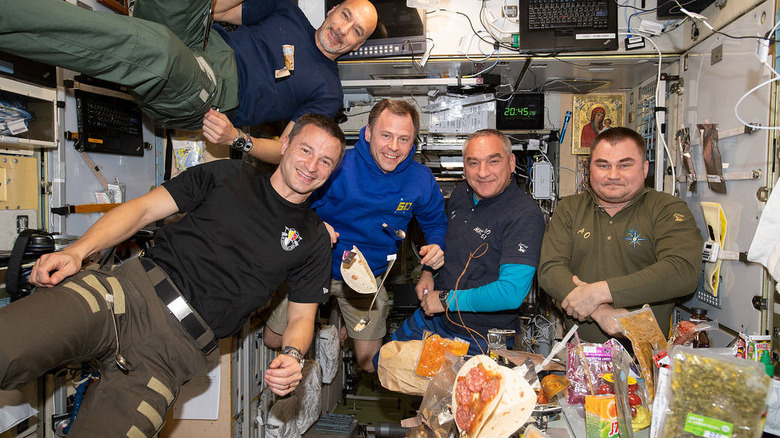
What is Newton’s 1st law?
an object in motion wants to stay in motion, an object in rest wants to stay in rest
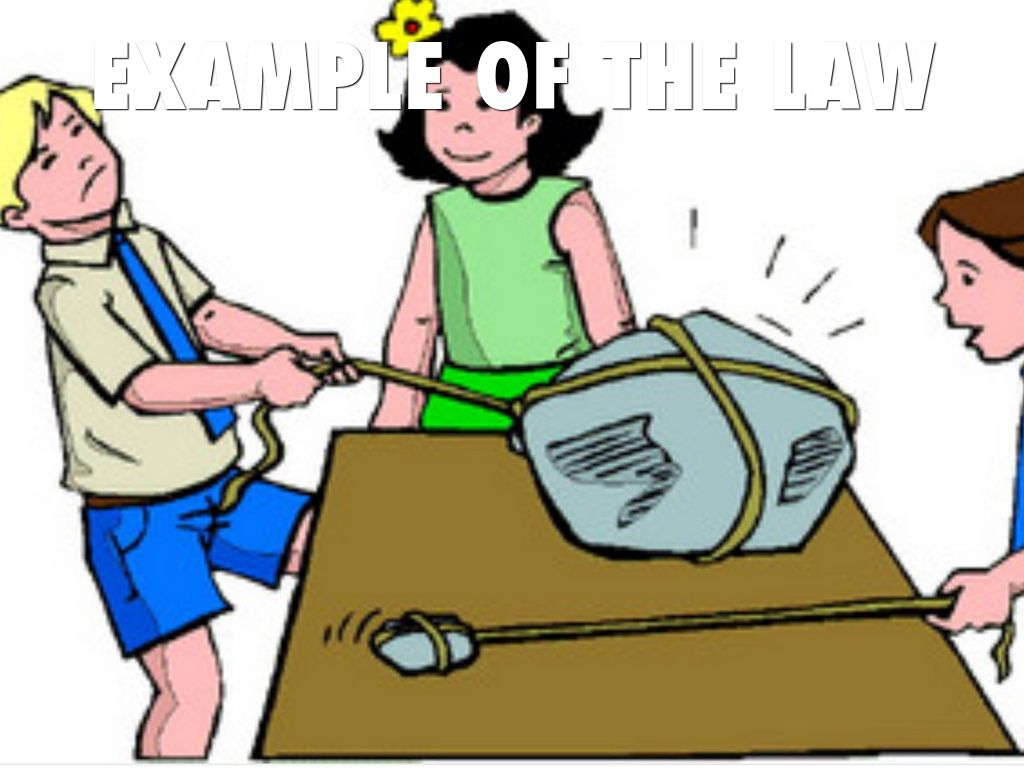
What is Newton’s 2nd law?
the heavier something is, the more mass it has. the more mass it has, the more force is required to move the object.
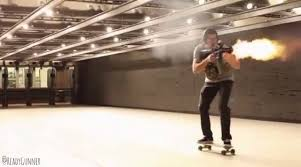
What is Newton’s 3rd law?
for every action, there is an equal and opposite reaction
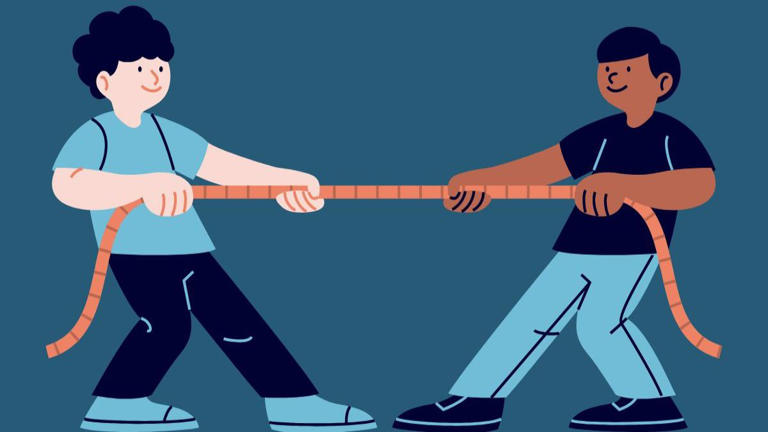
This is an example of what type of force?
tension
when something is pulled tight from both ends
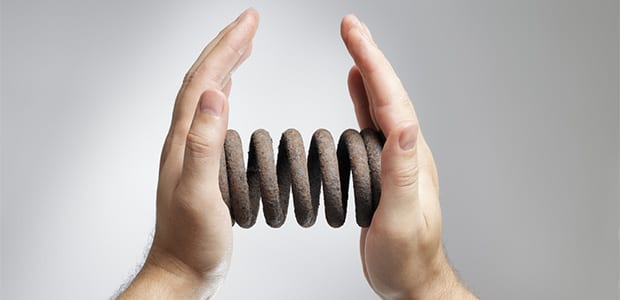
Pushing this spring together would be an example of what type of force?
compressive
when an object is pushed together at both ends
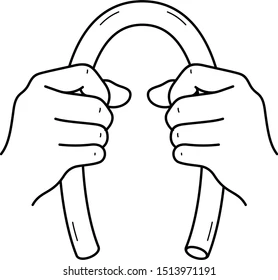
This is an example of what type of force?
bending
force is applied at both ends of something, causing it to bend
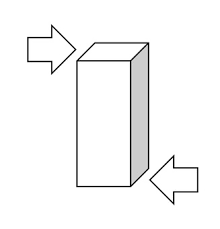
Applying force at both arrows would be an example of what type of force?
shear
when opposite forces are applied on two sides that causes it to shear
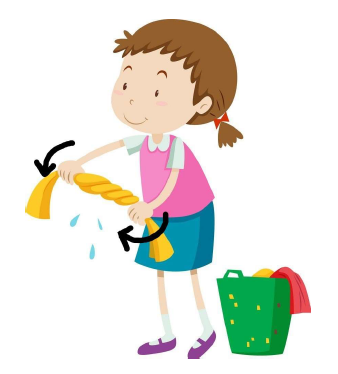
Katie is ringing the water out of her towel. What type of force is being applied to the towel?
torsion
twisting the opposite direction at both ends
A gravitational force is when there is force due to _____.
gravity
What is the difference between mass and weight?
mass is how much matter is in something and weight is the force related to gravity pulling on that mass
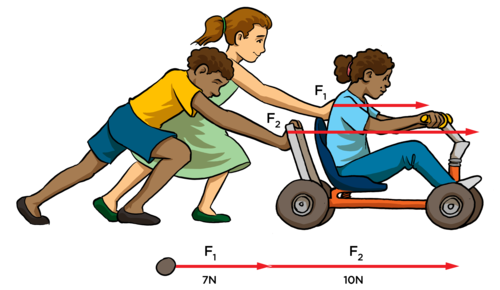
A contact force is when force is applied between 2 objects in ____ contact.
physical
A ________ force is a force that tends to push objects together while a ______ force tends to pull objects apart.
compressive ; distractive
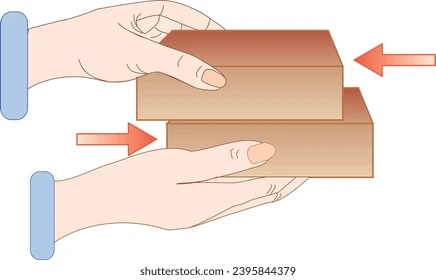
Jessie is rubbing these two blocks together in music class. This is an example of what type of force?
friction
forces due to interactions of 2 surfaces that are in contact
What type of force does a muscle develop when it contracts?
muscular force
True or false
Muscles can push and pull.
false
muscles can only contract meaning they CANNOT push
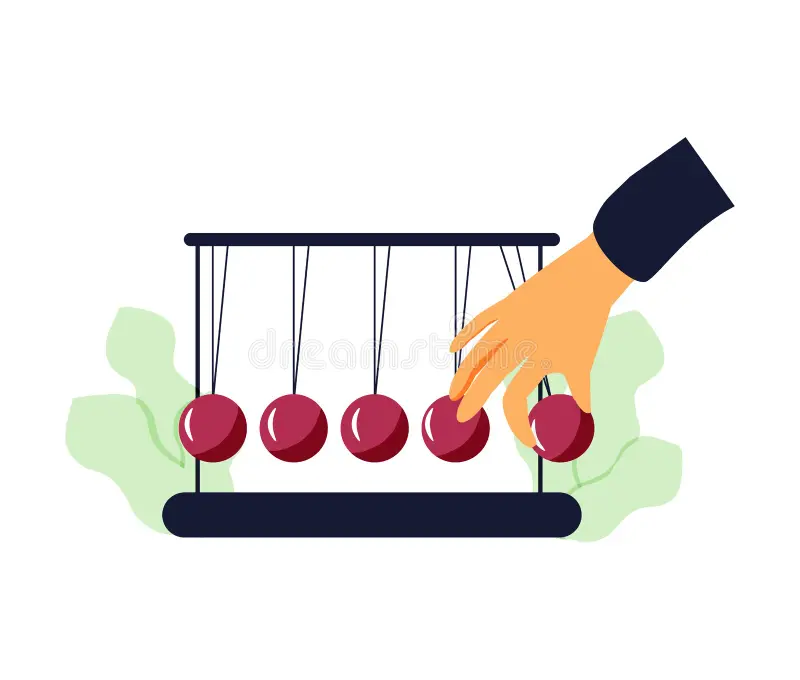
What type of force is required to start an object into motion or to resist an object that is already in motion?
inertial force

______ force is force due to an object deforming or stretching.
elastic
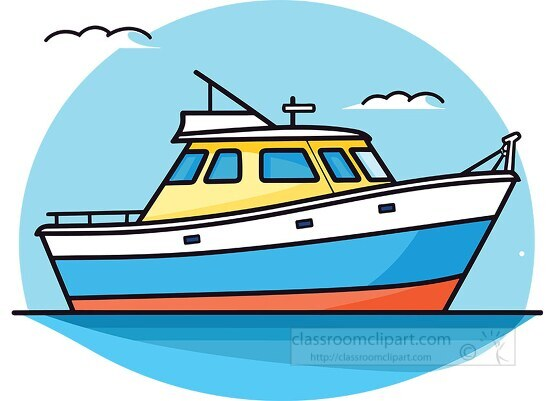
______ force is when there is upward force due to the object being in some kind of fluid like water.
buoyant
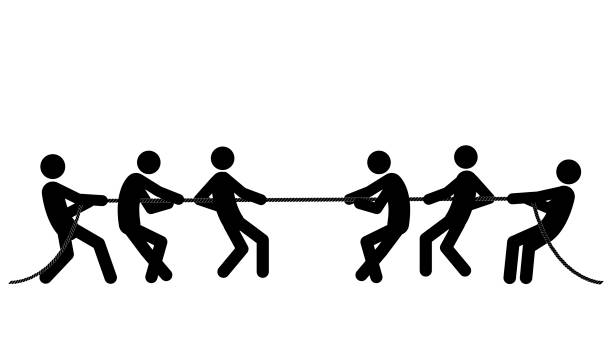
There are 3 types of force systems. Which force system is being applied in this image?
linear force system
2 or more forces act on the same object and in the same direction
A ______ force system is when 2 or more forces acting at a common point of application on an object but in divergent directions.
concurrent
A _____ force system is when 2 or more parallel forces act on the same lever but at some distance from each other and at some distance from the axis about which the lever will rotate.
parallel
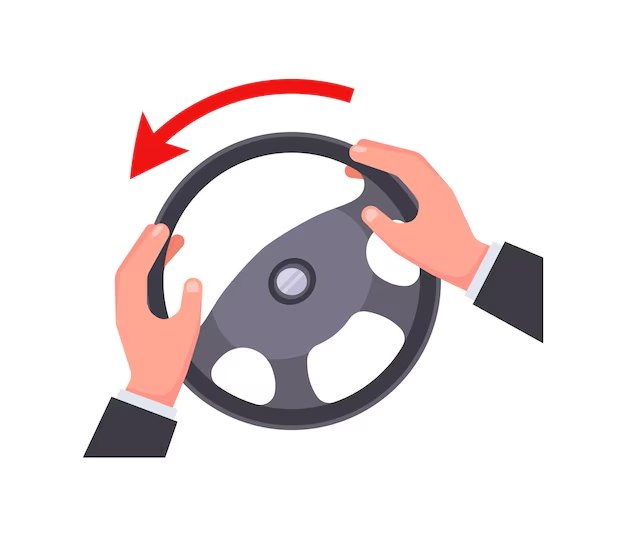
Turning your steering wheel while driving is an example of what?
force couples
when 2 or more parallel forces are working in opposite directions
_____ is a force that causes displacement of an object.
Work
_____ is the capacity to do work and is broken into two types: kinetic (due to motion) and potential (due to position).
energy
_____ is the rate of doing work and the rate of change of energy.
Power